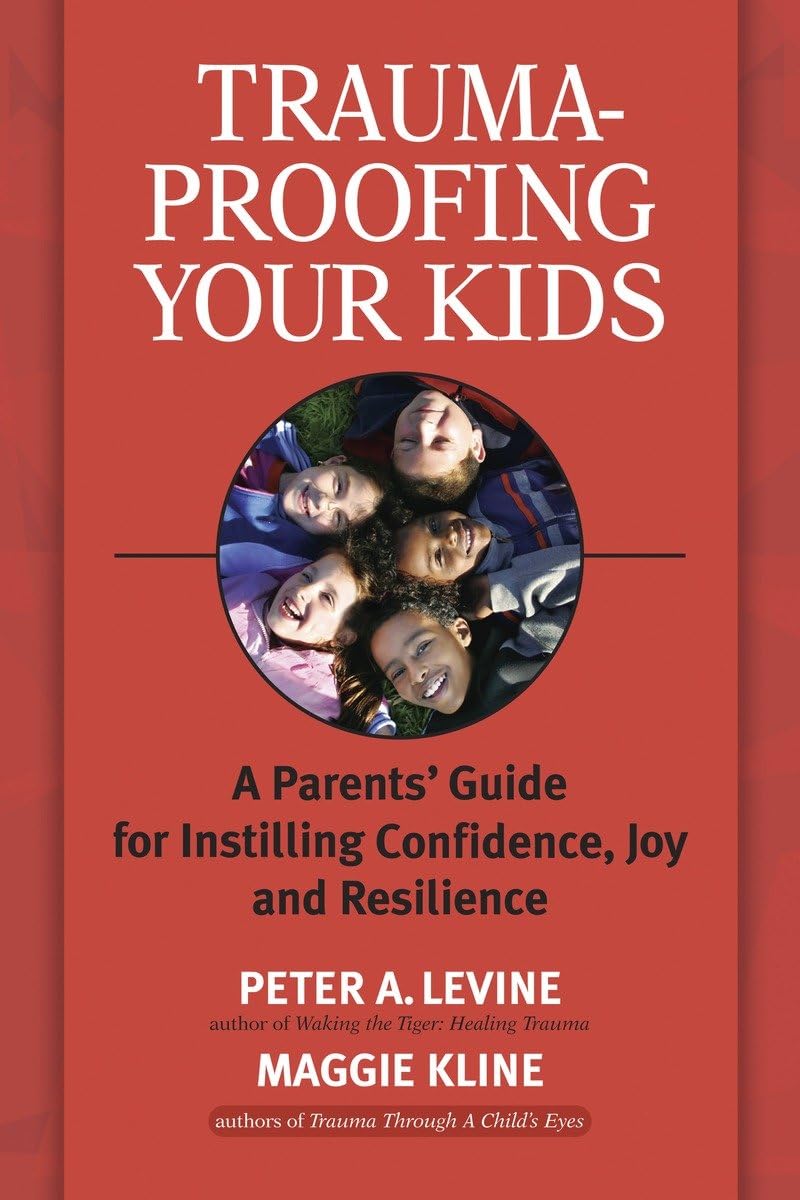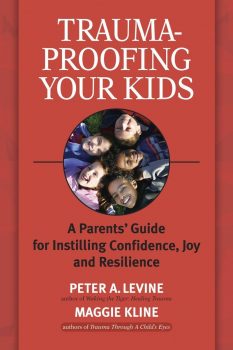
In today’s world, childhood trauma is an increasingly common concern. Understanding how to effectively support our children through their fears and challenges is vital. ‘Trauma-Proofing Your Kids’ serves as a crucial resource for parents, offering practical tools to foster resilience, confidence, and joy in our little ones.
Product Features
| Feature | Description |
|---|---|
| Authors | Dr. Peter A. Levine Ph.D., Maggie Kline |
| Target Audience | Parents, teachers, caregivers |
| Core Topics | Types of trauma, resilience-building techniques |
| Activities Included | Stress-busting, boundary-setting, sensory/motor-awareness activities |
| Purpose | To equip parents with strategies to help children cope with trauma |
Product Overview
| Pros |
|---|
| Comprehensive resource for addressing childhood trauma |
| Practical tools that are easy to implement |
| Empowers parents to support their children’s emotional needs |
| Includes a variety of activities to promote resilience |
| Cons |
|---|
| Some concepts might be complex for all readers |
| Requires time and commitment from parents |
Understanding Childhood Trauma
Understanding the various tools and techniques to build resilience in children allows us as parents to play a crucial role in their healing journey. Activities such as stress-busting exercises can significantly alleviate the anxiety stemming from traumatic experiences. I’ve seen firsthand how mindful breathing techniques can help kids regain a sense of calm. By simply taking deep breaths, they can learn to self-regulate their emotions. Additionally, sensory awareness practices—like exploring textures or engaging in nature walks—can ground them, creating a connection to their surroundings.
In my experience, these strategies not only foster coping mechanisms but also promote confidence and joy. For instance, creating art can serve as a therapeutic outlet for children to express their feelings artistically when words fail them. Regularly incorporating such activities into a child’s routine can forge resilience—the ability to adapt and thrive despite adversity. By using these approaches, parents can equip their children with essential skills to navigate not just their current emotions but future challenges too.
Research supports these techniques as effective ways to combat the long-term effects of trauma. Experts emphasize that early intervention through engaging, fun, and interactive activities can translate into robust emotional health, setting the foundation for a fulfilling life. With dedication and understanding, we can support our children’s journey toward resilience, paving a smoother path forward.
Tools for Resilience and Recovery
Building resilience in children who have faced trauma requires a toolbox filled with practical strategies and techniques that can be seamlessly integrated into their daily lives. Here are some effective tools that can help children cope, heal, and bloom with confidence.
One of the simplest yet powerful methods is engaging in **stress-busting exercises**. Activities such as **deep breathing** and **progressive muscle relaxation** can significantly reduce anxiety levels. I like to guide my kids through a routine where they take slow, deep breaths, imagining their worries floating away with each exhale. This not only helps in calming their minds but also instills a sense of agency over their emotions.
**Sensory awareness practices** are another key component to building resilience. Encouraging children to identify and engage their senses can ground them in the present moment, pulling them from the grip of overwhelming feelings. Try activities like nature walks where they can focus on the sights, sounds, and smells around them. This can foster a sense of security and connection to the world, which is crucial for emotional healing.
Incorporating **creative expression** through art, music, or storytelling also plays a vital role. When children express themselves creatively, they can process their feelings without the need for words. Watching my kids paint their emotions or create stories about their experiences never fails to amaze me; it opens up a channel for them to explore and understand their trauma.
These strategies, when nurtured consistently, empower children to develop resilience and joy, ultimately helping them counteract the long-term effects of trauma. It’s essential for parents to embrace these tools not just as quick fixes, but as lifelong skills that contribute to overall emotional well-being.
Conclusions
In summary, ‘Trauma-Proofing Your Kids’ is an essential guide for parents navigating the complexities of childhood trauma. By embracing the practical strategies and activities provided, you can foster resilience and confidence in your children, ensuring they thrive even in challenging circumstances.











